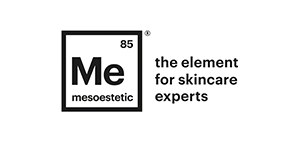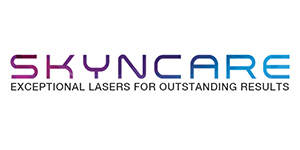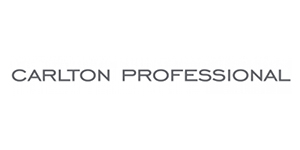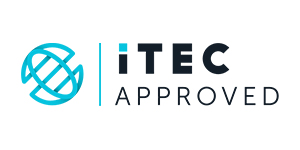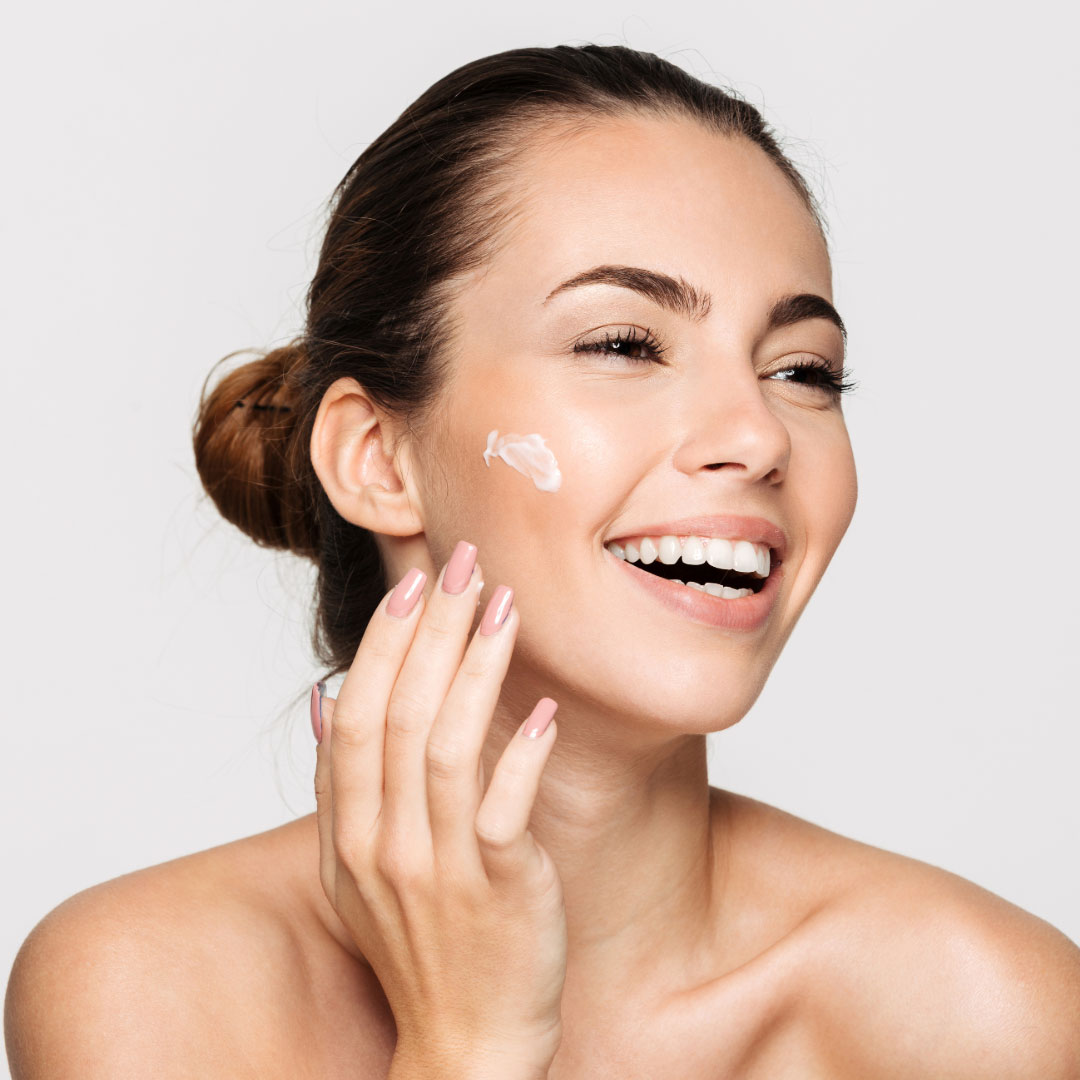Microneedling is one of the many popular techniques you can learn on our aesthetics courses in London and online.
We specialise in teaching advanced skincare techniques and non-surgical aesthetic procedures. Using state-of-the-art technologies, you can learn how to deliver some of the most aesthetic procedures in this dynamic market.
Delivered both online and in London, all students will benefit from hand-on-training during our VTCT Aesthetics Level 4 Courses. You will also learn about ethical practices and safety standards.
Our graduates are well-positioned to pursue rewarding careers in medical spas, skincare clinics, or establish their own practices.
So, how does this technique work, and why do one of our courses?
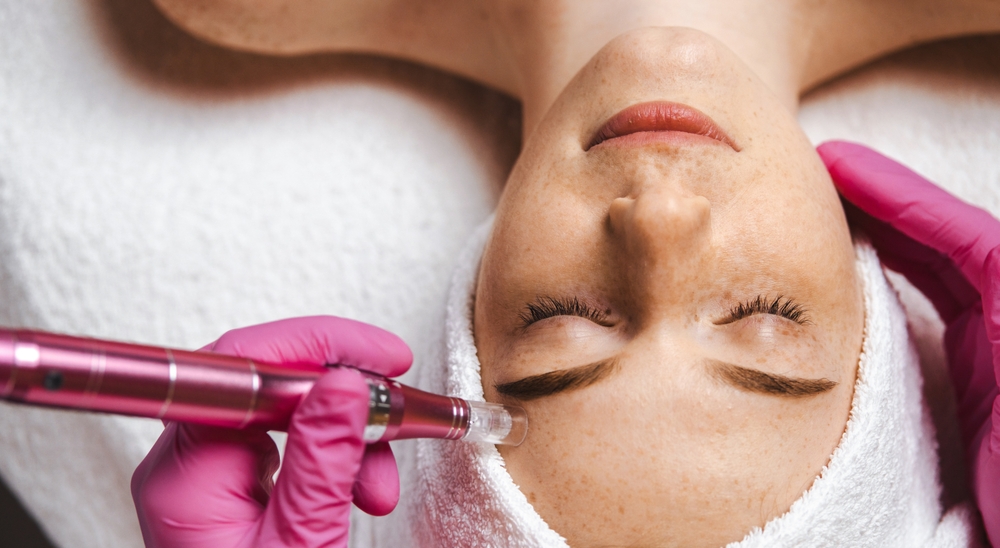
Also known as collagen induction therapy, microneedling is a cosmetic procedure that involves the use of fine needles to create hundreds of tiny, invisible puncture wounds in the top layer of skin.
Although many people do it at home, it’s much better when performed by a professional.
Home-use microneedling devices typically have shorter needles and are less effective than professional treatments. Improper use of home devices can lead to skin damage.
The procedure is performed using a device called a derma roller or a more advanced tool known as a microneedling pen, which has fine needles that puncture the skin.
In terms of anaesthesia, a topical anaesthetic is applied to the skin to minimise discomfort during the procedure. This is a relatively quick procedure which only takes from half to one hour; however, that depends on the size of the area being treated.
What are the benefits of microneedling?
The biggest benefit of this procedure is it produces collagen. The micro-injuries stimulate the body’s natural wound healing processes, resulting in increased collagen and elastin production.
It’s also renowned for improving the texture of someone’s skin. In particular, it can help reduce the appearance of acne scars, fine lines, wrinkles, and large pores.
Microneedling can also improve someone’s skin tone and the radiance of their complexion.
Some people find that it helps with hyperpigmentation issues and improves the overall appearance of the skin.
One of the reasons microneedling is so popular is that there is minimal downtime.
Most people only experience redness and a mild swelling afterwards. Visible improvements are also seen within a few weeks, with continued improvement over several months as collagen production continues.
Since this technique needs performing several times, it’s a great skill to have under your belt.
Multiple sessions (typically 3-6) are often recommended for optimal results, spaced about 4-6 weeks apart.
Another benefit of offering microneedling as a clinician is it’s generally safe for all skin types.
However, individuals with certain skin conditions (e.g., active acne, rosacea, eczema) should consult with a dermatologist before undergoing the procedure.
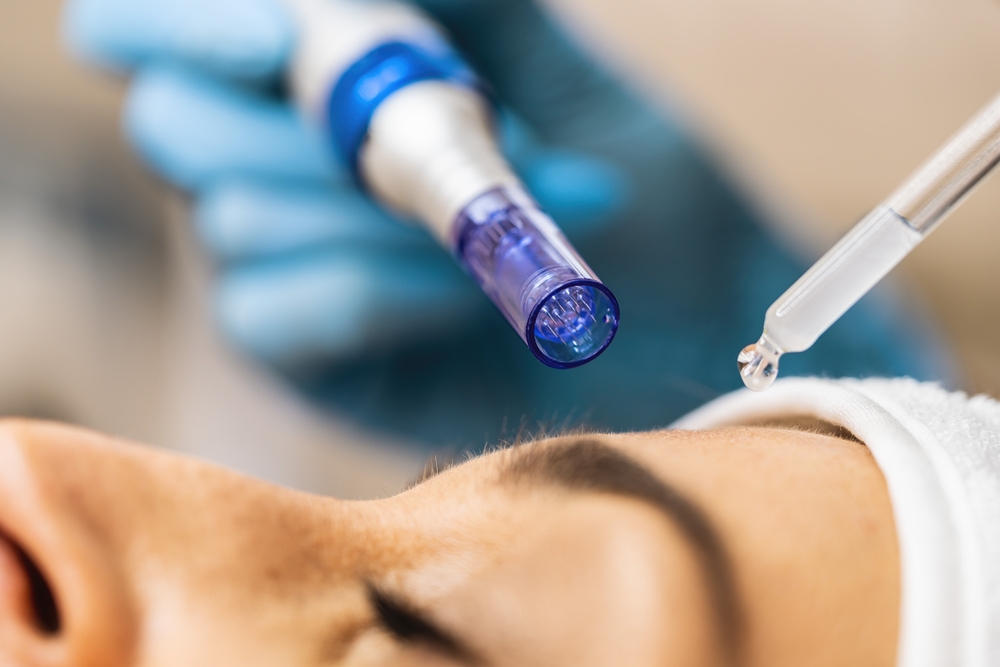
It can also be combined with other treatments like the application of topical serums or platelet-rich plasma (PRP). In particular, serums like vitamin C and hyaluronic acid are often used to enhance the results.
Our microneedling courses will ensure you deliver exceptional care to your clients.
You will need to advise customers on any side effects, which can include redness, swelling, bruising, and dryness. In some rare cases, there are more serious side effects like infection and scarring.
Did you know research shows that microneedling is effective?
Research supports the efficacy of microneedling in improving skin appearance. Studies have shown significant improvements in acne scars and skin texture after several treatments.
The cost of microneedling can vary widely depending on the location, the provider, and the specific area being treated. It’s likely to remain one of the most popular non-surgical skin procedures.
Introducing our VTCT Microneedling & Chemical Peel Level 4 Course.
With our next start dates beginning 20th June 2024 and 6th July 2024, this course will help you develop your knowledge and understanding of relevant anatomy and physiology.
You will also learn about health and safety pertaining to level 4 non-medical aesthetic therapies. Safety is one obviously crucial when delivering any kind of aesthetic procedure.
Learners will also develop the knowledge, understanding and skills to consult with and analyse clients whilst providing skin needling and chemical peel treatments.
Learners will also develop their communication and customer service skills. This is one of the most important parts of working in the aesthetics industry. People not only want to have high quality treatments, they also want to be pampered in the process. You want to be able to put clients at their ease and be able to answer any questions they might have.
You will also expand your knowledge of the principles and practices of level 4 non-medical aesthetic therapies Most learners find all of these are valued highly by employers.
Find out more about our microneedling courses or don’t hesitate to contact our friendly team for more information.




